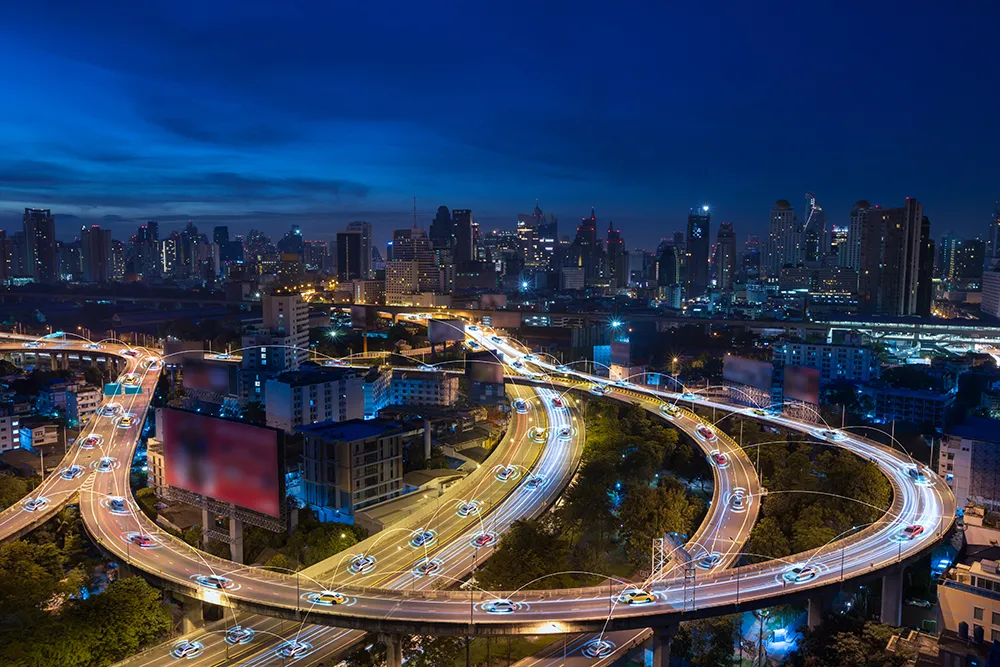
Connectivity, Autonomy and the Future of Transportation and Transport
AI, Machine Learning, and Autonomy are spreading through multiple modes of transportation and transport, and the use of these technologies will grow in ubiquity. As these technologies become standard, we will see multiple changes in the combining and expansion of modes and it will change the nature of how we interact with goods and services. How will markets change? How will the workforce adapt? How will cities and states manage the data generated? What type of productivity growth will this create? How will commercial fleets change? What opportunities and challenges does the future hold? What is the next generation of autonomy and what is beyond autonomy?
Electrification and Infrastructure
As we move to a new transportation network with increasingly electrified vehicles using more sustainable energy sources, investment in intelligent infrastructure becomes a critical need. How do we build and maintain the core infrastructure? How does electrification change freight? What are the next steps in creating a majority electric fleet? What is next?
Regulatory and Financial Challenges Related to Deployment of ITS Technologies
ITS technologies hold incredible potential to make communities more safe, accessible, equitable, sustainable, and economically vibrant. Unfortunately, building and deploying ITS technologies will not be easy. Before technologies are deployed on a large scale, regulatory and funding consideration will need to be addressed. How can cities, states, and technology companies work together to find solutions that will ultimately bring ITS technologies to communities large and small across the country?
Cybersecurity and Privacy Opportunities and Challenges
Cybersecurity and privacy are both key components of an intelligent transportation system. How should the industry move forward in seeking out a universal framework? What are the greatest challenges presented by cybersecurity? What opportunities are created for new emergent firms focused on cyber security in the ITS space? What is the future of cybersecurity as edge and quantum computing come on line?
Transportation Systems Operations
Emerging technology is all essentially geared to the same goal: addressing practical challenges in the day-to-day operation of our transportation facilities. Whereas connected and automated vehicle systems showcase the future of transportation systems operations, proven intelligent transportation systems and traffic management technologies continue to offer the potential to improve the operations and safety of the transportation network.
The Impacts & Opportunities of Big Data
As the availability of operational data grows, the transportation community faces challenges associated with how to manage, store and analyse all of this data. These challenges, and associated opportunities, will be exacerbated by the deployment of connected vehicles. It is important to learn from other sectors dealing with this influx of data in order to address challenges and optimise benefits.










